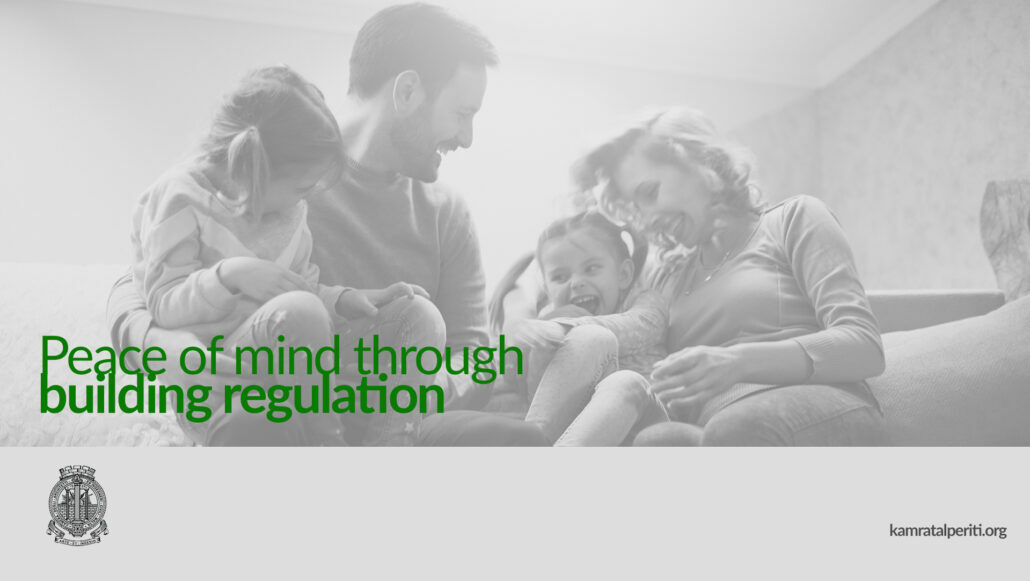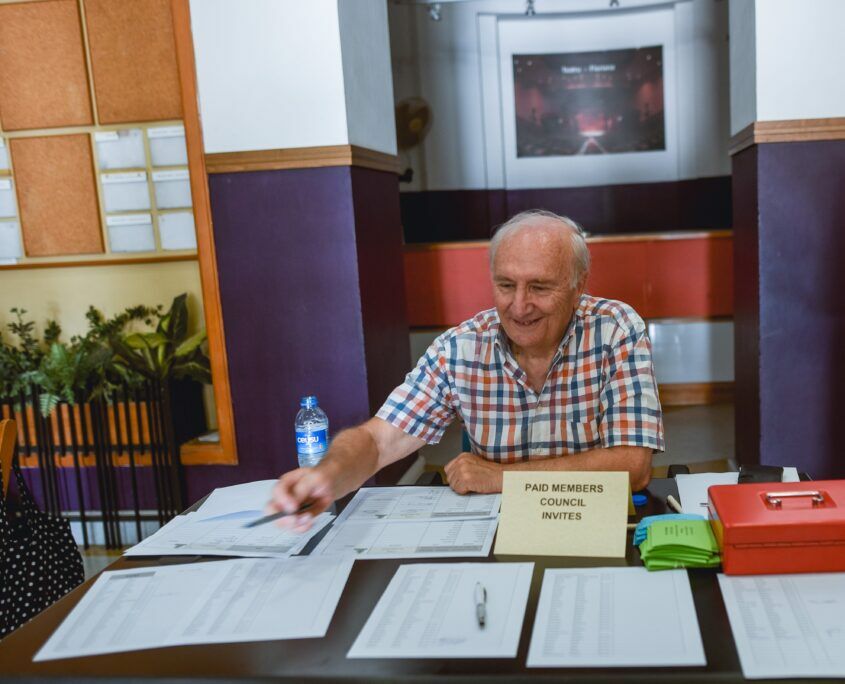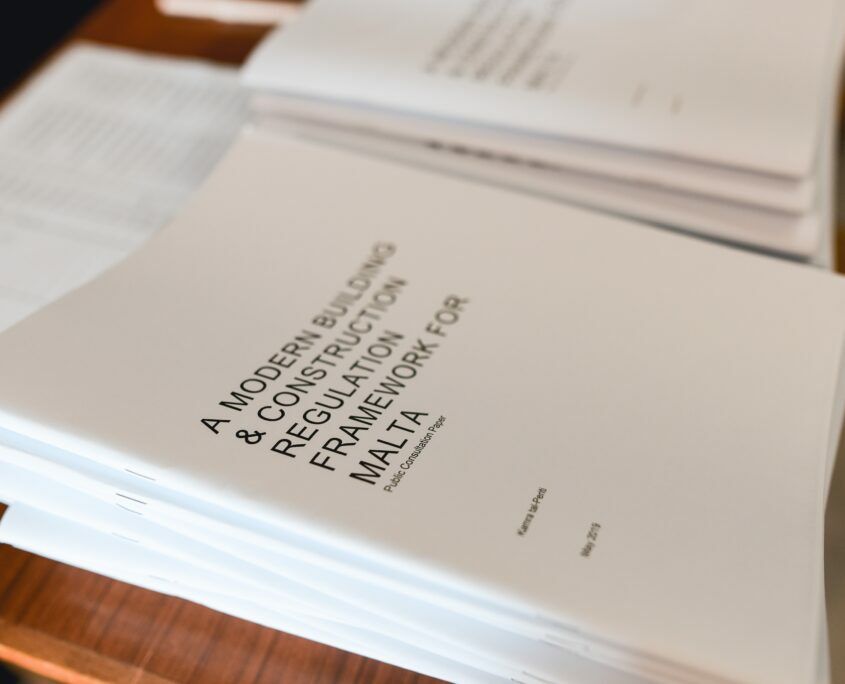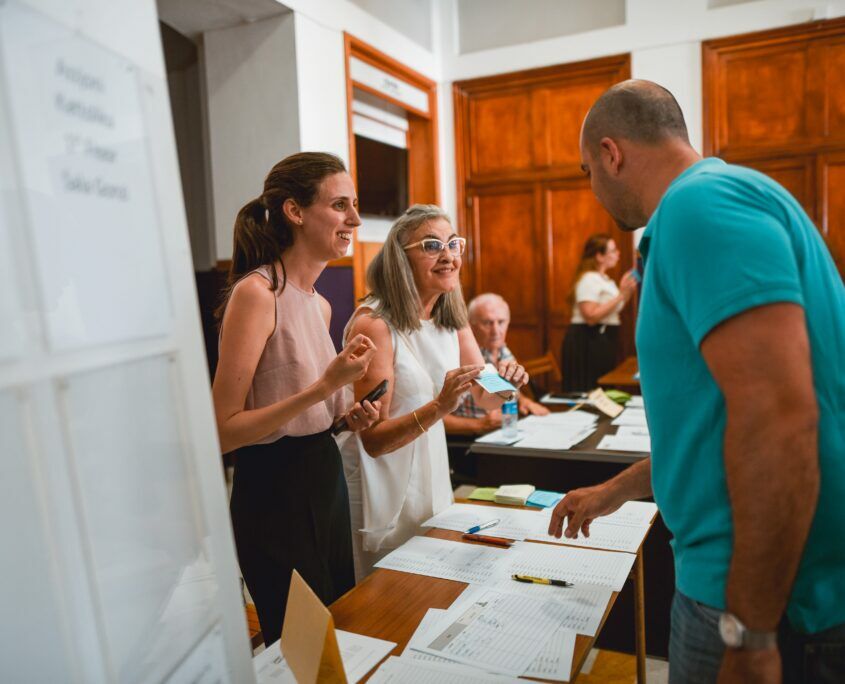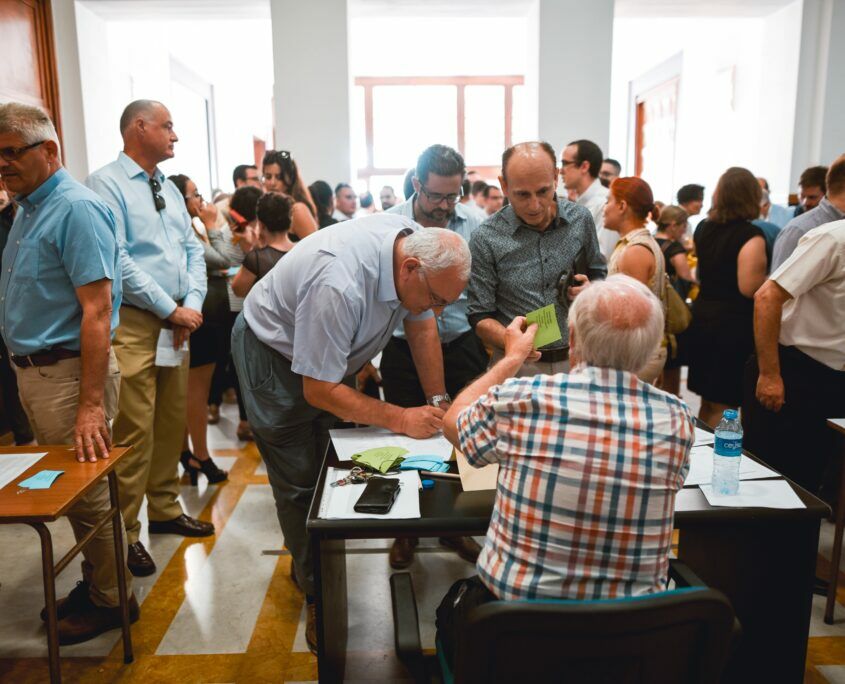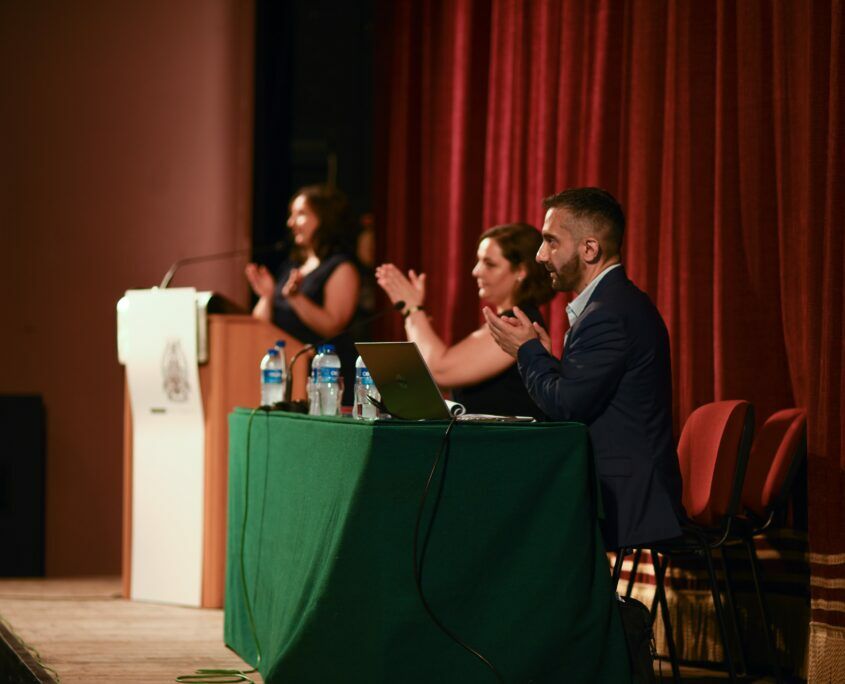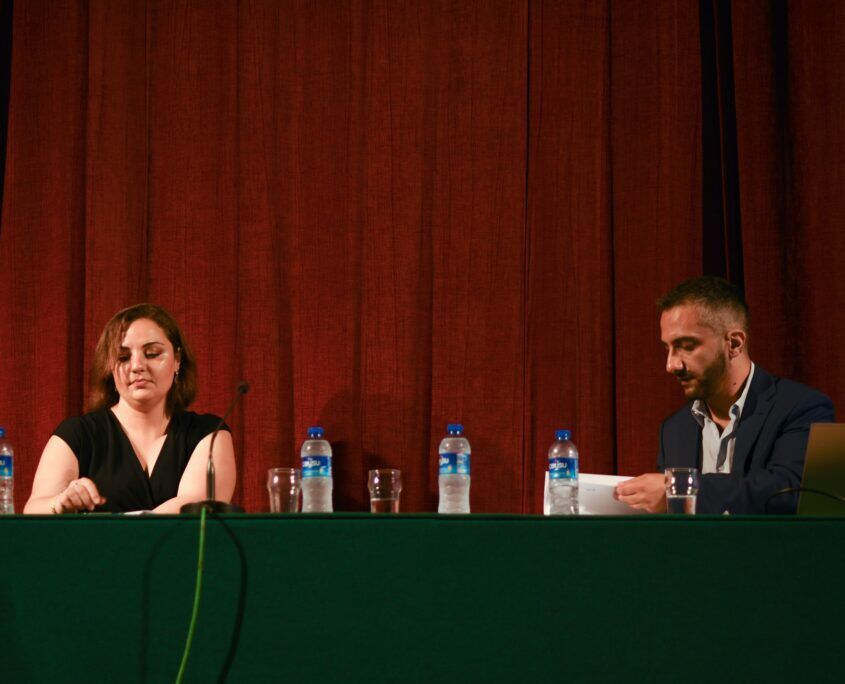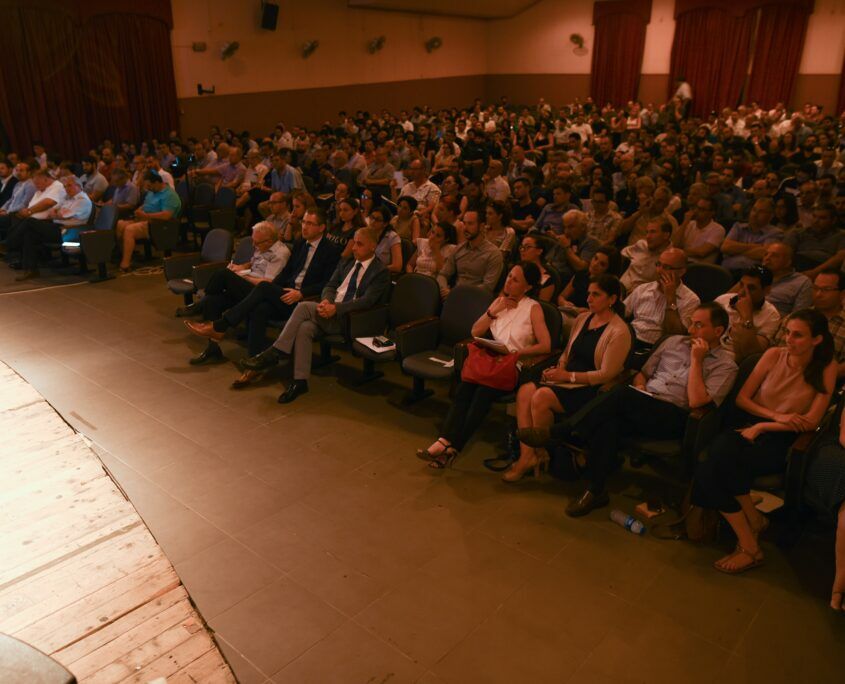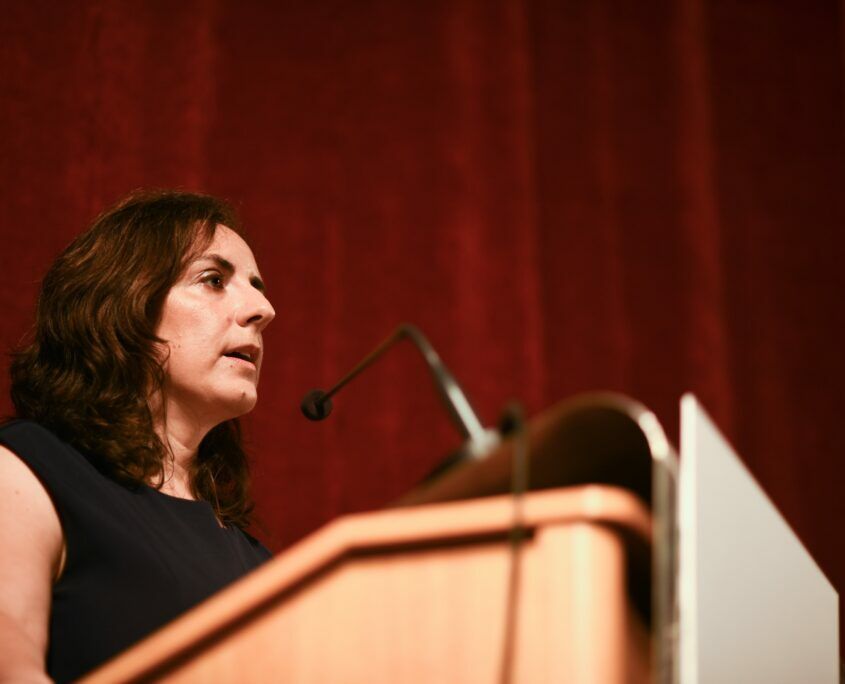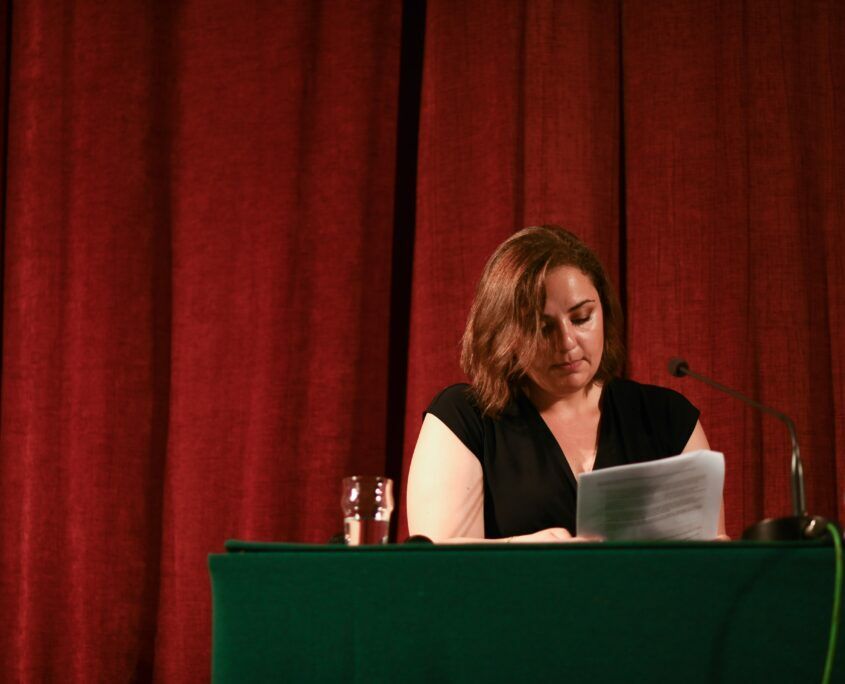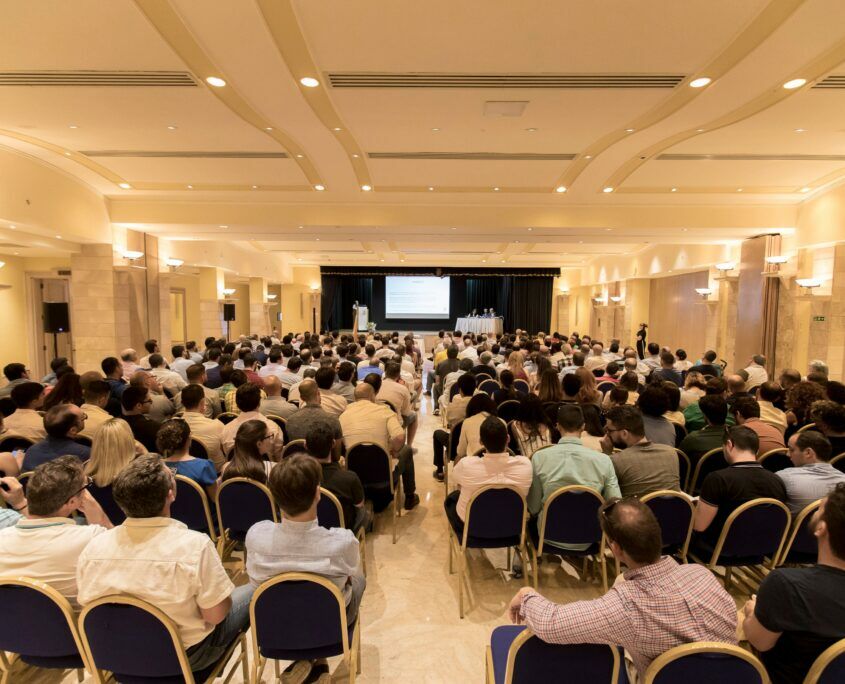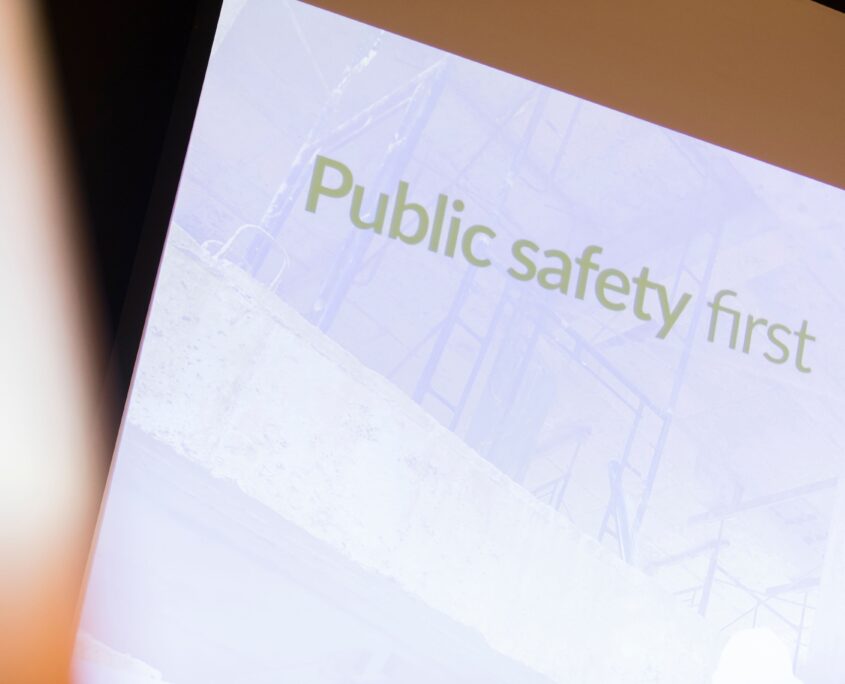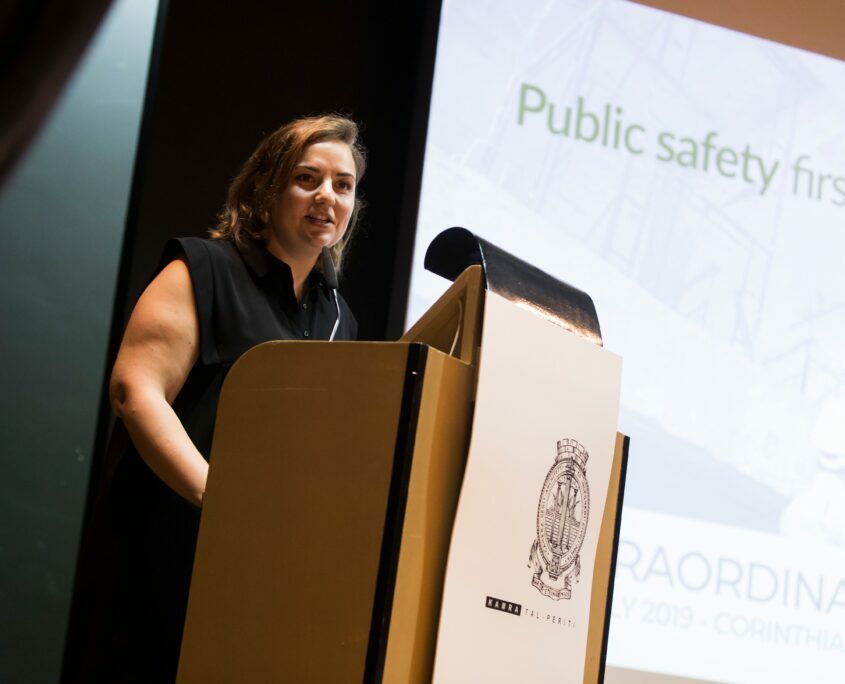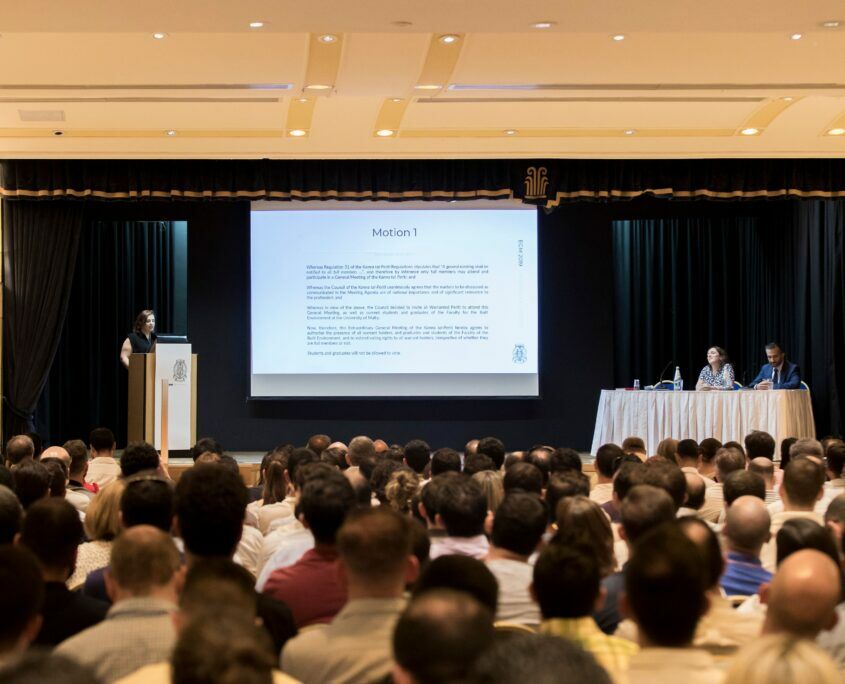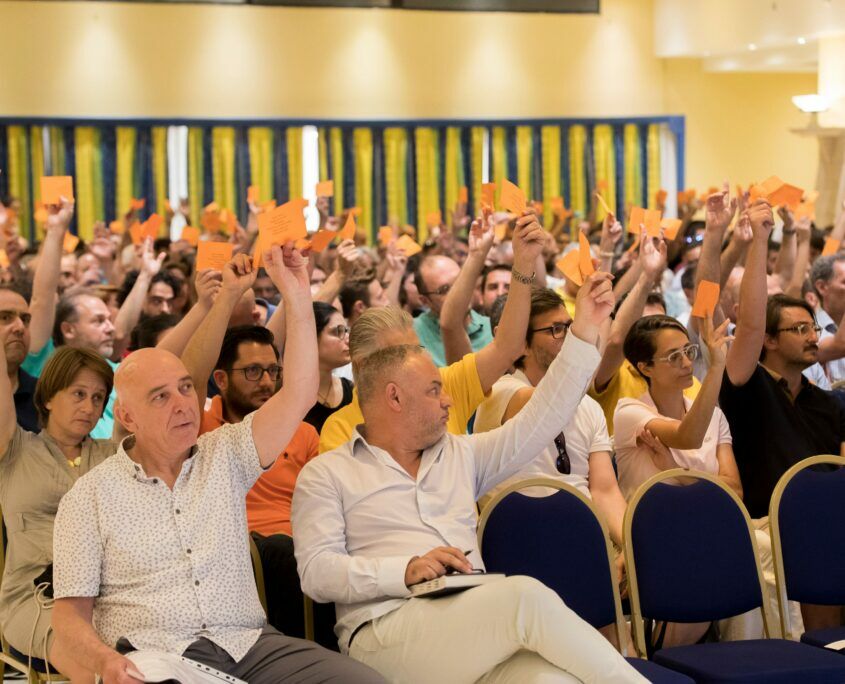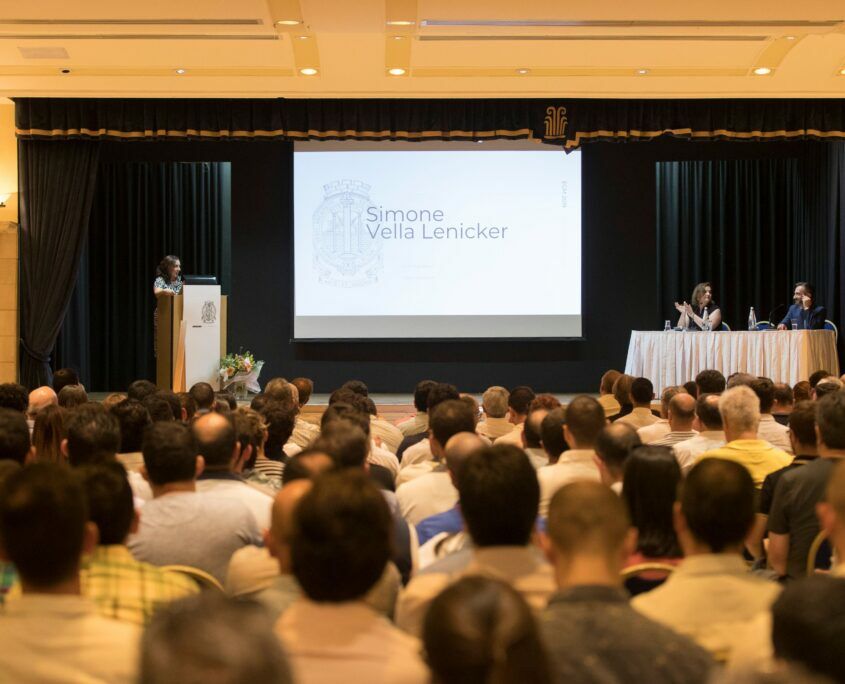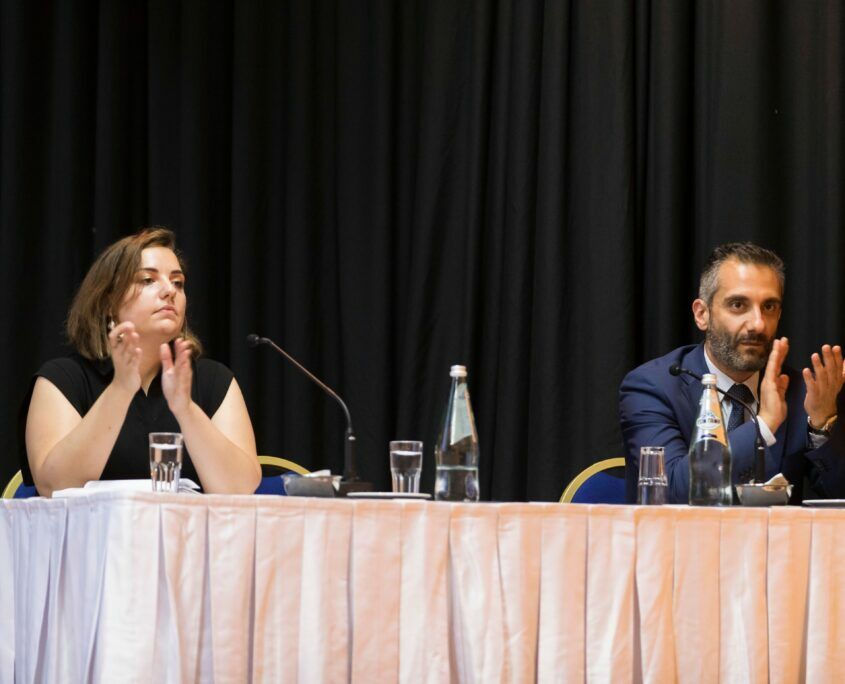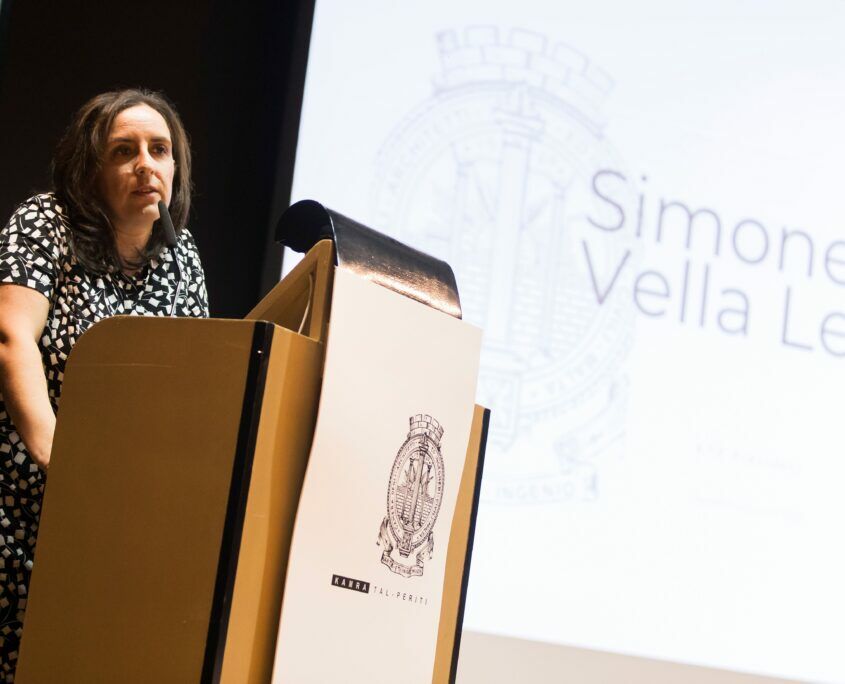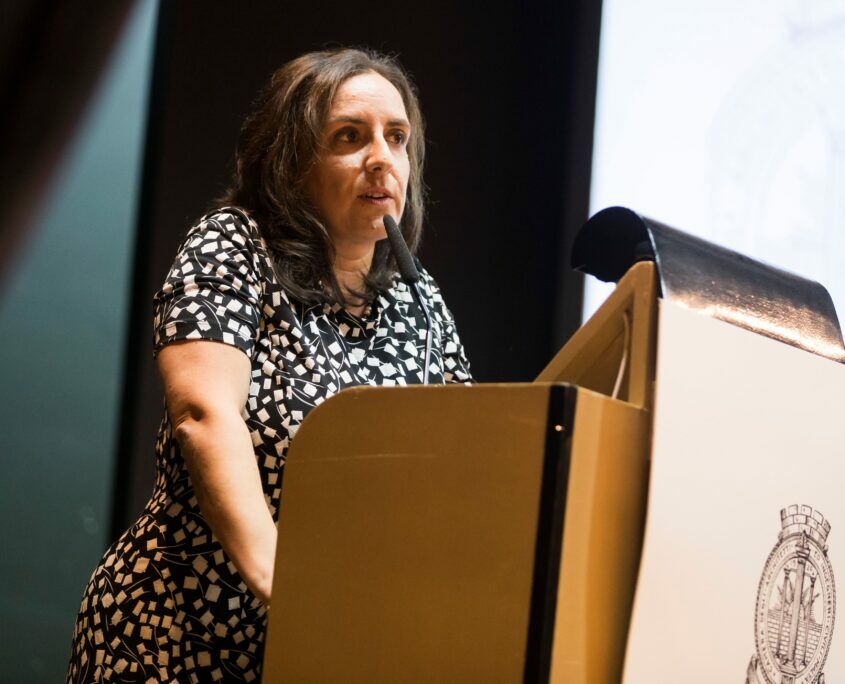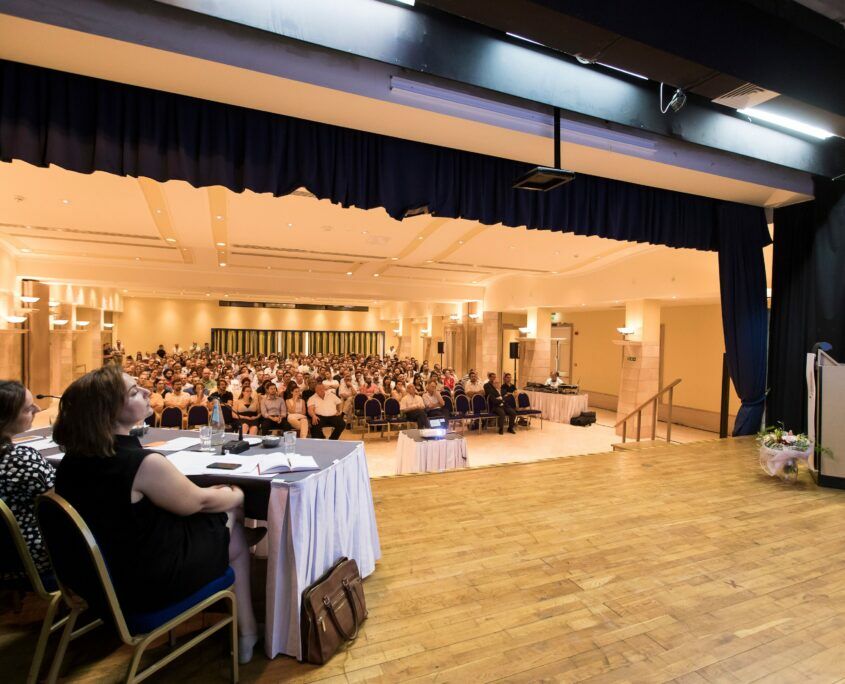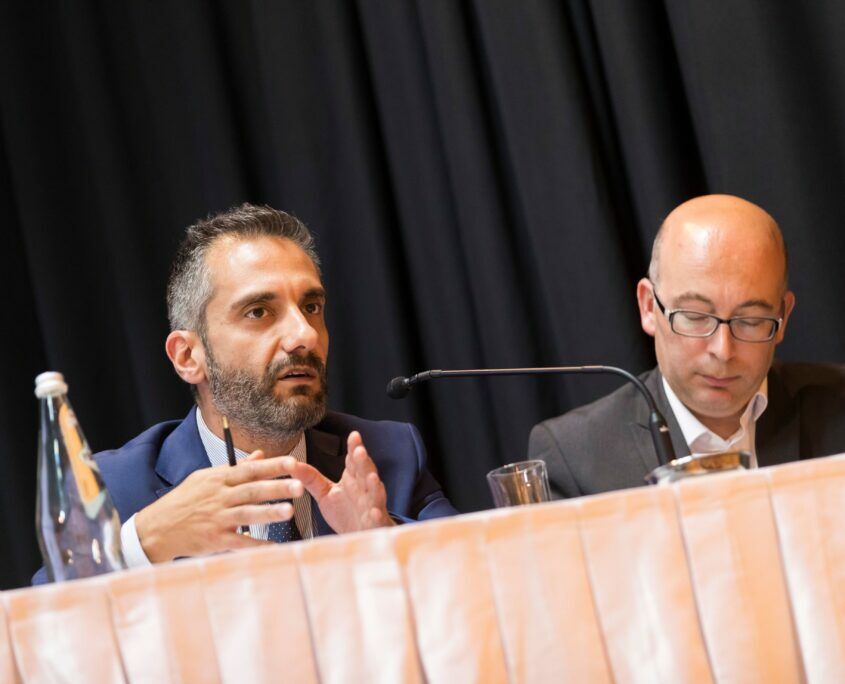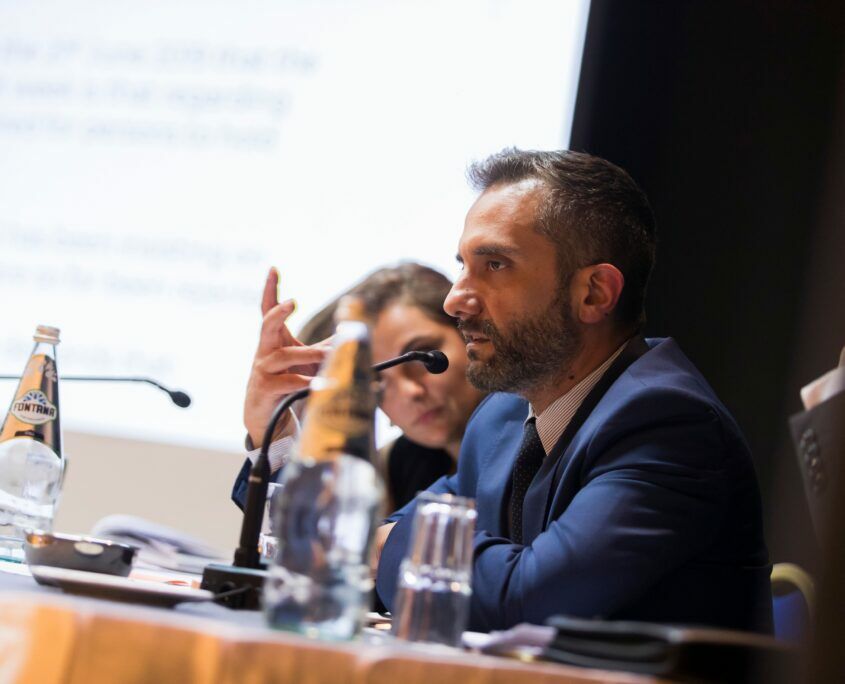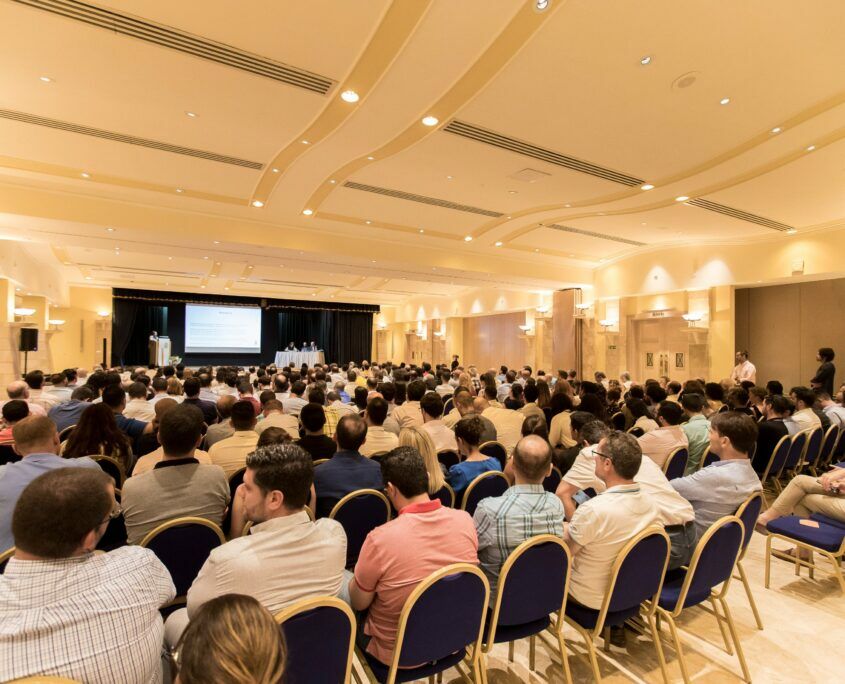CIR 14/19 | BRO Forms
Dear Colleagues,
As you are aware, the amendments to Legal Notice 180 of 2019 came into force on the 29th July 2019, and immediately the Council of the Kamra tal-Periti requested the Building Regulation Office (BRO) to update the relevant notification and exemption forms to bring these in line with LN 180/2019 and with the Letter of Commitment presented by Government to the Kamra tal-Periti on Friday 2nd July 2019.
Several meeting and discussions have ensued regarding various changes to the forms, including the Kamra’s proposal to completely separate the planning process from the construction process by amending the Commencement Notice that is required to be submitted to the Planning Authority to contain only that information which is relevant to the planning process, and the rest of the information relating to the construction process being amalgamated within the BRO Forms. You can review the Kamra’s proposal here.
Due to various legal considerations, the amendment of the forms is taking some time, and therefore the Kamra has reached an interim agreement with the BRO on the following matters:
- The project Perit is not responsible for the “execution of the project” in terms of the Legal Notice but for the design, direction and general supervision of the works in order to ensure that these address the requirements of the Legal Notice. The “execution of the project” is the contractor’s responsibility. In view of this, all phrases stating “Project Perit (Perit responsible for the execution of the project)” should be changed manually to read: “Project Perit (Perit responsible for the project)” by crossing out the words “the execution of”.
- The Perit in charge is not required to “approve” the Site Technical Officer (STO), but to accept the person nominated nominated by the contractor to fulfil this role, as long as such person is listed on the Register being compiled by the Building Regulation Office (BRO). The uploading of the relevant forms by the perit in charge is to be construed as an implied acceptance of the STO, and this as stated in the Letter of Commitment. In view of this, wherever the words “nominated by contractor and approved by Perit in charge of project” appear on the forms these are to be manually changed to read: “nominated by contractor” by crossing out the words “and approved by Perit in charge of project”.
Meanwhile, the Council of the Kamra tal-Periti will continue to liaise with government to ensure that the forms are updated without further delay and to ensure that these comprehensively address the varied nature of construction projects.
Note
All Directives and Circulars are being sent to all periti who are on the Kamra’s database. If you meet colleagues who are not receiving such communications, kindly ask them to send an email to buildingregs@kamratalperiti.org so that the records can be updated.
Perit Simone Vella Lenicker
President

